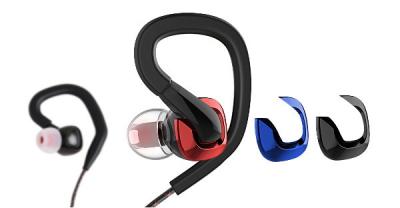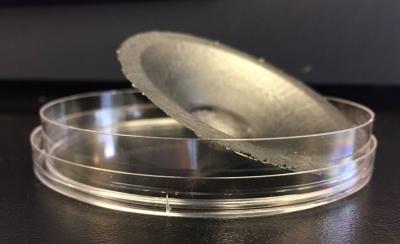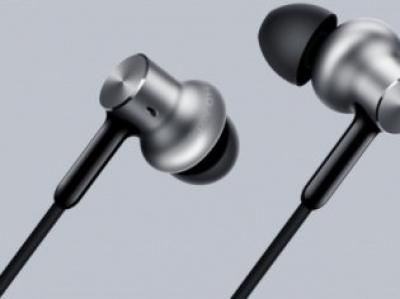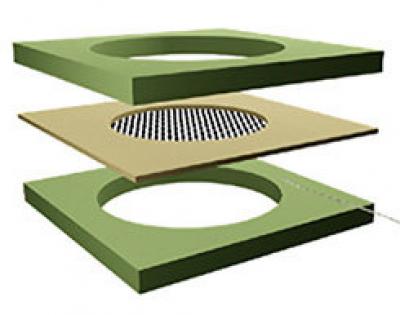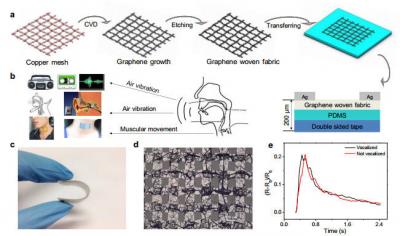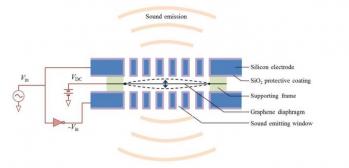FiiO launches in-ear monitor earphones with a graphene-enhanced driver
China-based FiiO Electronics launched new in-ear monitor earphones, the FiiO F3, that make use of a graphene-enhanced diaphragm driver. FiiO says that graphene enabled the development of a thin and flexible driver, which enables the F3 to faithfully reproduce music with a clean, rich, yet transparent high-fidelity sound.
The FiiO F3 is now shipping in China and in the US, you can buy one at Amazon.com now for $24.99. We talked to FiiO and they confirm the graphene membrane and explained that it was not developed by FiiO in-house. You can see a close-up of the graphene driver below.
